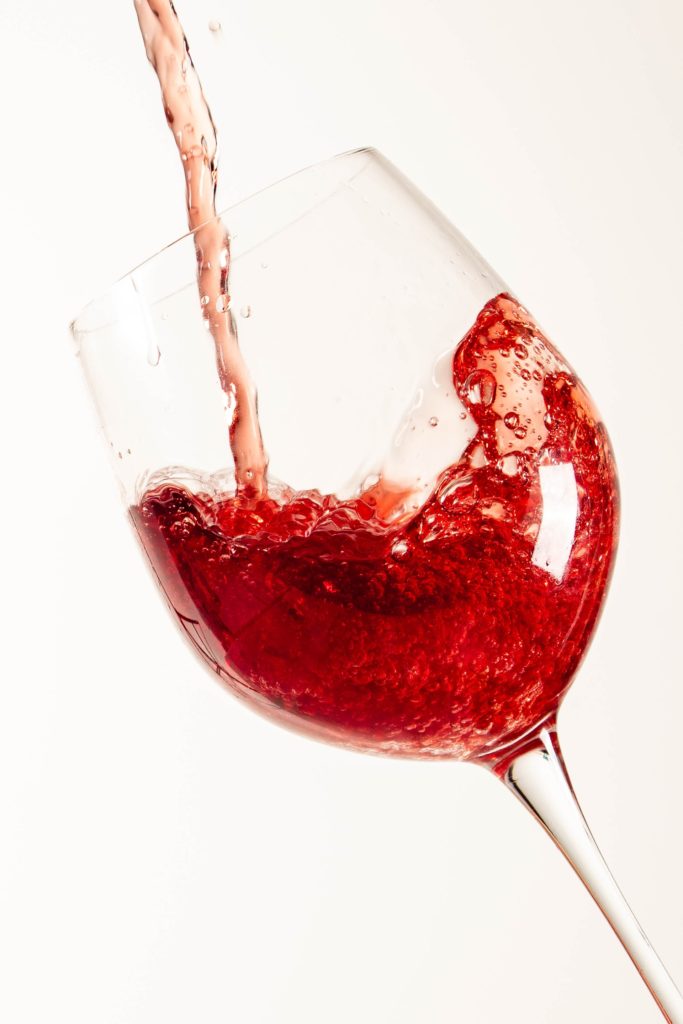Welcome to the latest article in our “Designing for the Age Enhanced” series — which internally we’ve started referring to as the “Getting Older Sucks” series. We’ve already talked about what happens to our senses of sight and hearing as we age, and some of the mental slowdowns that we experience, and, of course, how these changes affect the way we interact with products.
Currently, taste and smell don’t have much to do with design at Daedalus (not that we don’t occasionally fantasize about designing a true smell-o-vision for cooking shows… maybe less so for Survivor), but we still want to talk about the effects of aging on these senses; otherwise, you may think that taste and smell get a free pass from aging. They don’t.
 Let’s start with taste. When you’re born, you have about 10,000 taste buds. You “taste” because the substances you place in your mouth chemically react with your taste buds, which are divided into 5 basic tastes: sweet, salty, sour, bitter, and savory (though a number of others have been proposed). Most of your taste buds are located on your tongue, but you also have them on the roof, sides, and back of your mouth.
Let’s start with taste. When you’re born, you have about 10,000 taste buds. You “taste” because the substances you place in your mouth chemically react with your taste buds, which are divided into 5 basic tastes: sweet, salty, sour, bitter, and savory (though a number of others have been proposed). Most of your taste buds are located on your tongue, but you also have them on the roof, sides, and back of your mouth.
As you age, the number of taste buds decreases because your body stops replacing them when they die off. Some researchers speculate that by the time you’re 20, you’ve actually lost half of your taste buds, with a good chunk of the loss happening with the sweet-detecting ones. [1] But we don’t really notice that loss when we are still relatively young, because we just see it as a change in our taste preferences. Think about all the things you enjoy as an adult that would have made you say “yuck” as a kid, or how you couldn’t get enough candy back then, but now maybe a few pieces are enough. Speaking from an evolutionary perspective, there’s a great advantage there. In prehistoric societies, calories were hard to come by. Sweet items — those that kids are more attuned to — come with the biggest caloric impact. So children who sought out sweet-tasting things had a better chance of growing, and adults who left those high-calorie foods for their offspring had a better chance of having them survive.
But the decline in taste buds doesn’t stop at 20. Sometime after age 60, you’ll likely notice that you’re losing sensitivity to salty foods in addition to sweets. There used to be a French restaurant in Pleasanton, CA, called Claude & Dominiques. Magnificent food! But after ten years, the food got saltier and saltier as Claude got closer to retirement. He was getting up in years and couldn’t taste the salt in his food anymore. They closed their doors at the peak of saltiness and retired. That loss of sweet and salty is soon followed by losses of sour, bitter, and savory. By the time you hit 70, your taste sensitivity is only about 1/6th of where it began.
 Unfortunately, sometime around the age of 50, your sense of smell also starts to diminish. Why? Just as with the other senses, your olfactory receptors die off, and as you age, your body stops replacing them. Around the same age, mucus production in your nose also diminishes, and it is mucus that holds onto scents, giving you more time to detect them. So you may want to think twice about blowing your nose before smelling the roses in your garden!
Unfortunately, sometime around the age of 50, your sense of smell also starts to diminish. Why? Just as with the other senses, your olfactory receptors die off, and as you age, your body stops replacing them. Around the same age, mucus production in your nose also diminishes, and it is mucus that holds onto scents, giving you more time to detect them. So you may want to think twice about blowing your nose before smelling the roses in your garden!
Combined, the lack of mucus and loss of receptors produce a relatively rapid loss of smell, so that by 80, if you are like more than 75% of the population, you’ll experience major olfactory impairment [2] and those roses won’t smell as sweet.
And of course, as anyone who has ever had a bad head cold knows, your sense of taste is extremely intertwined with your sense of smell. So as your sense of smell decreases, your sense of taste deteriorates even more.
Right now, these changes don’t really mean much for product design of the type we do — though there is always speculation of how these senses could be used in product design. But for the moment, we’re not going to worry much more about them.
Stay tuned for the final installment in this series, which will look at the effects of aging on your senses of touch and proprioception — your awareness of your own body, where it is, and how it’s moving.
References:
1 Schacter, Daniel (2009). Psychology Second Edition. United States of America: Worth Publishers. p. 169)
2 Doty RL, Shaman P, Applebaum SL, Giberson R, Siksorski L, Rosenberg L. Science. Smell identification ability: changes with age. 1984 Dec 21; 226(4681):1441-3.
Image Credits:
Featured Photo by Önder Örtel on Unsplash
Rose Photo by Bence Balla-Schottner on Unsplash
